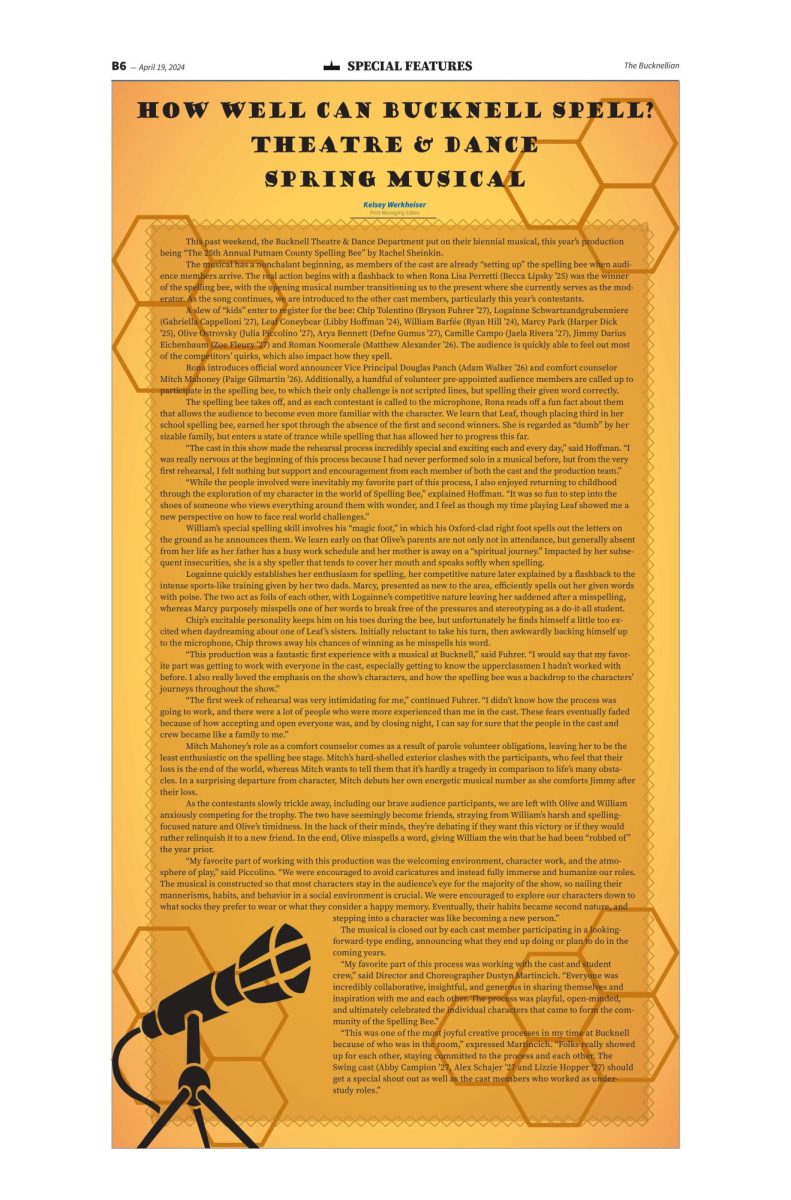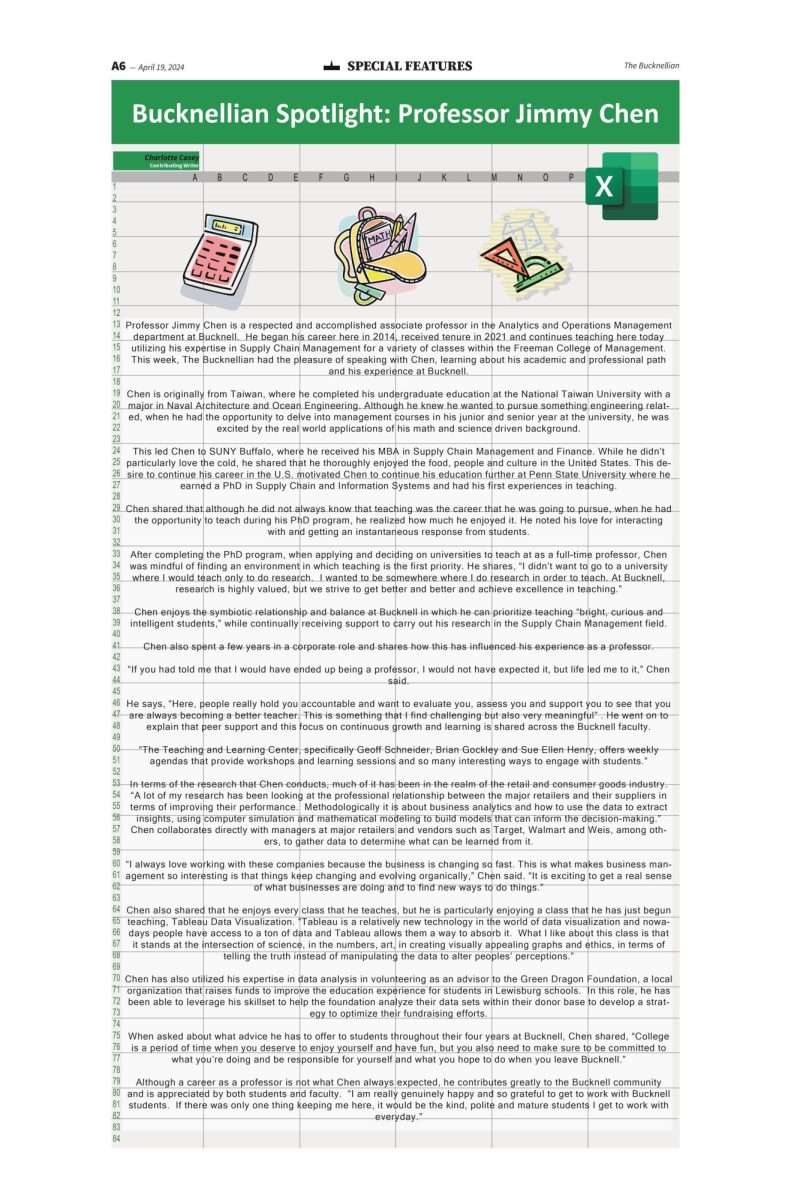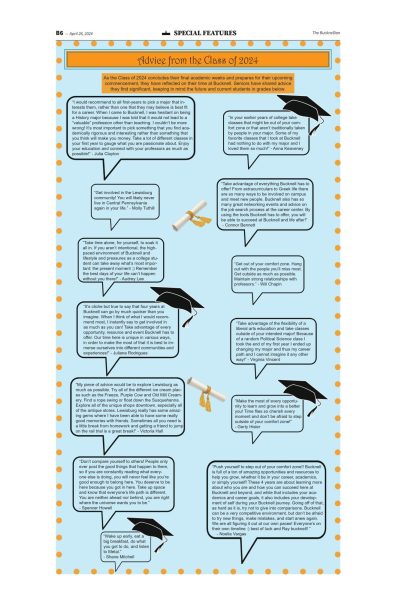Animal euthanasia sparks uproar at Copenhagan zoo
April 3, 2014
Back in February, the Copenhagen Zoo did an unusual thing: it euthanized a completely healthy adult male giraffe. This is an unspeakable act, especially given that zoos are present for the protection and preservation of animal species so that humans may continue to connect with and enjoy them now and in the future. Furthermore, acts such as this are what spawn the feelings of contempt that people have regarding the concept of zoos. The killing of this giraffe and of four lions recently is not only objectionable, but also ethically and morally repugnant.
Surprisingly, there has been an uprising of world animal management support over this incident. Copenhagen Zoo argues that their population of giraffes is allowed to breed and interact as naturally as possible, but that this male, named Marius, was counterproductive to their breeding program. Species survival plans work on the attempt to create as much biodiversity in a species as possible. Copenhagen Zoo claims that Marius’s genes were ingratiated in the population and they euthanized him to prevent inbreeding. But does this in any way justify the euthanasia of a perfectly healthy animal?
While I understand that all zoos are under great financial pressure and that they may not all keep the animals they wish they could, there is almost always the opportunity to trade animals between zoos to keep populations at a manageable size for the space and budget present. For Marius, travel could have been an option—as Quebec’s Parc Safari Zoo made an offer to buy him from Copenhagen. Unfortunately for young Marius, the zoo declined and he was put down. To add insult to injury, the zoo then butchered Marius and fed him to their captive lions for curious spectators to observe.
That brings me to the second half of this macabre story. Last week, the very same lions that were dining on this exotic delicacy were also put to death to make room for some younger newcomers to the pride. Of these four lions that were put to death, two were cubs, which suggests that this was not brought about by “necessity” as the zoo says, but because the breeding practices in the zoo are irresponsible and ill-maintained. If the zoo was properly managing their animal populations, then there would have been no need for these four lions to be euthanized in an effort to make room for new animals.
A spokesperson for the World Association of Zoos and Aquariums said that this process “mimics the natural behavior of lions,” but a zoo is in no way a realistic replica of the natural world that this man speaks of. As such, attempting to artificially create a real world scenario within a zoo is not only unnecessary but unreasonable. Many zoos can manage to maintain multiple separate populations of animals without needing to euthanize them. Put simply, a zoo is not the wild and as such it is both impossible and impractical to try to reproduce it.
As a lifelong advocate of zoos and aquariums, I find this practice appalling. However, it does bring to light an important point about maintaining captive animal populations. At present, many animals are bred simply because it increases business if visitors can see the offspring. In reality, there are many more animals than are needed and this is why events like this occur. If there is a lesson to be learned from this story at all, it is simply that rather than breeding a new animal, the ones that currently exist must be adequately cared for in every capacity.























